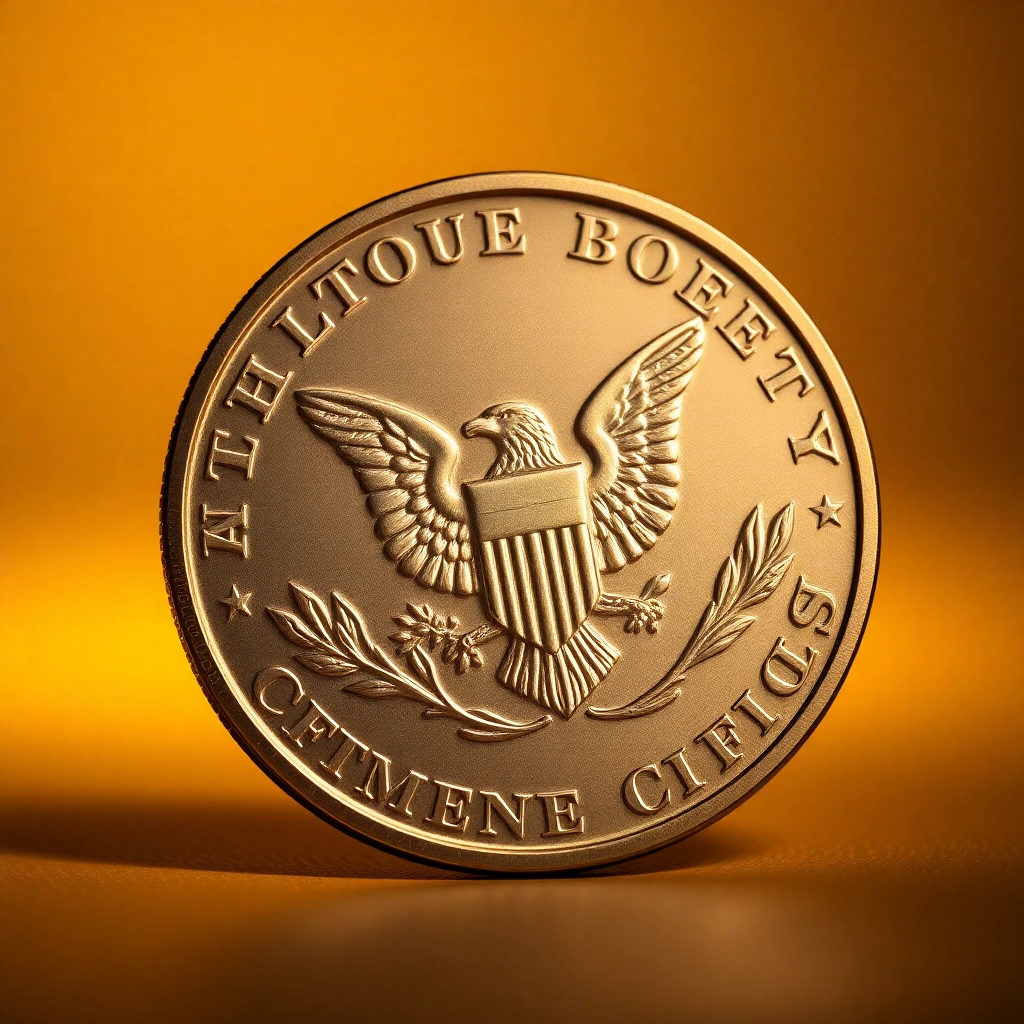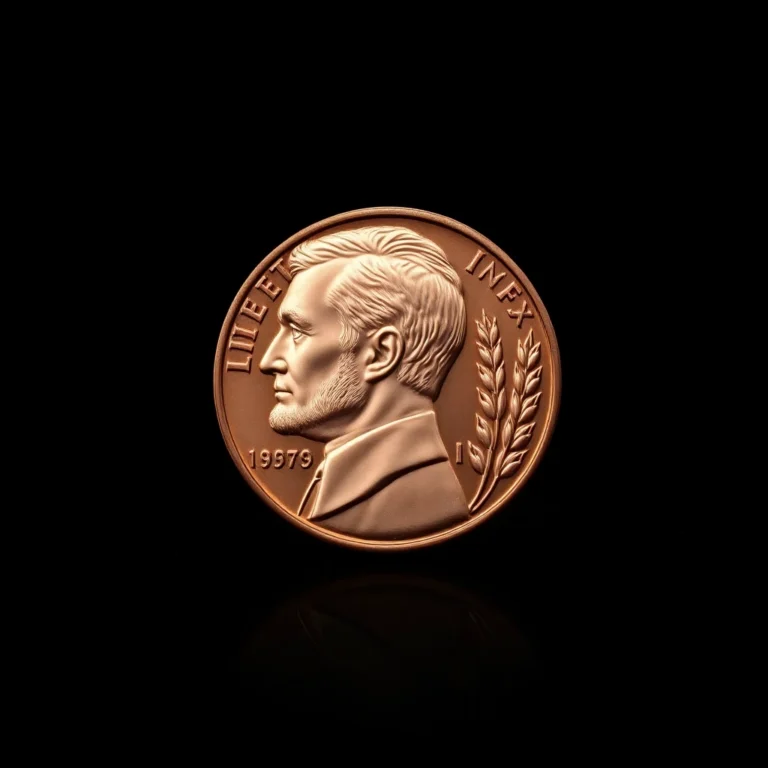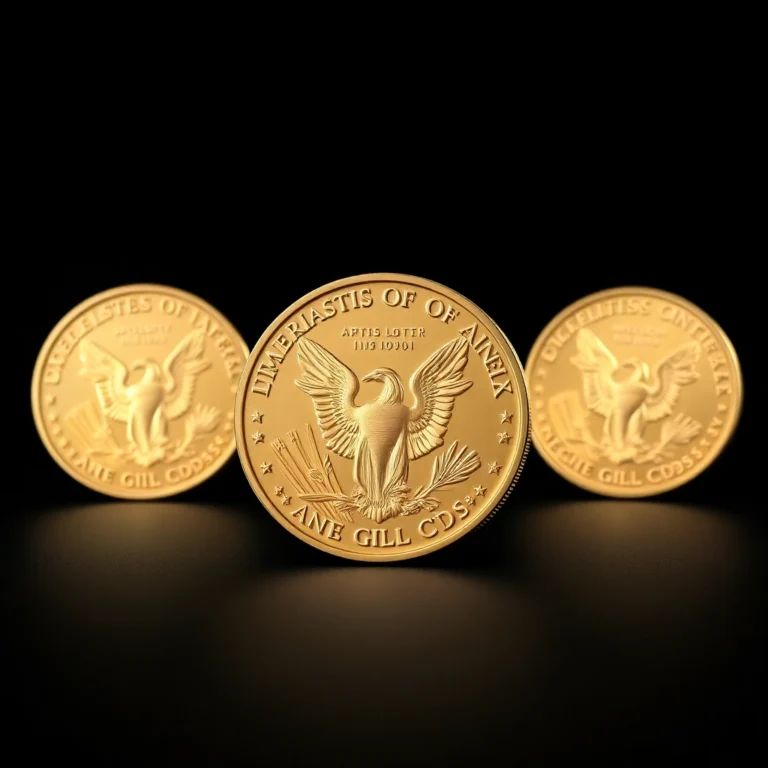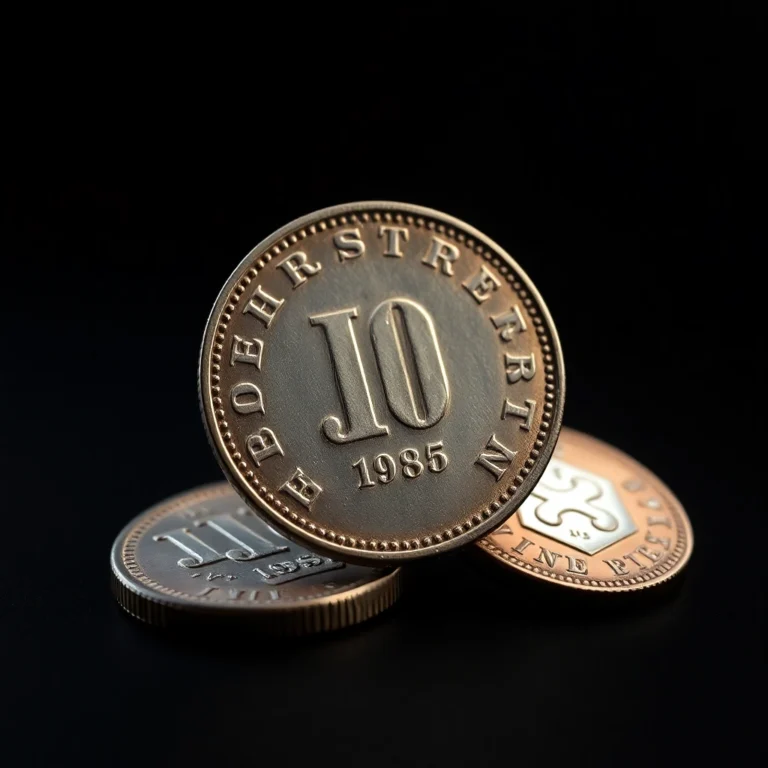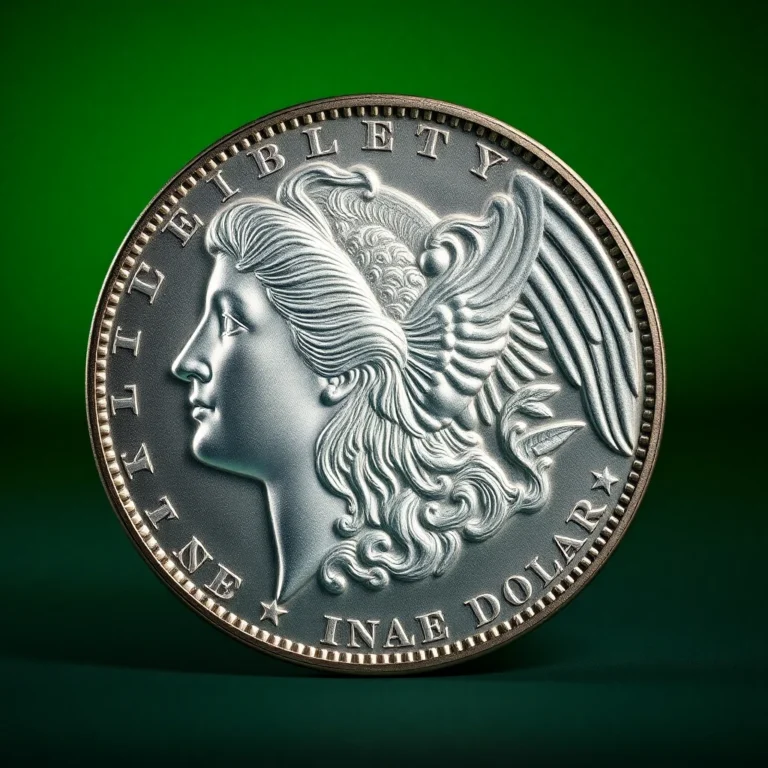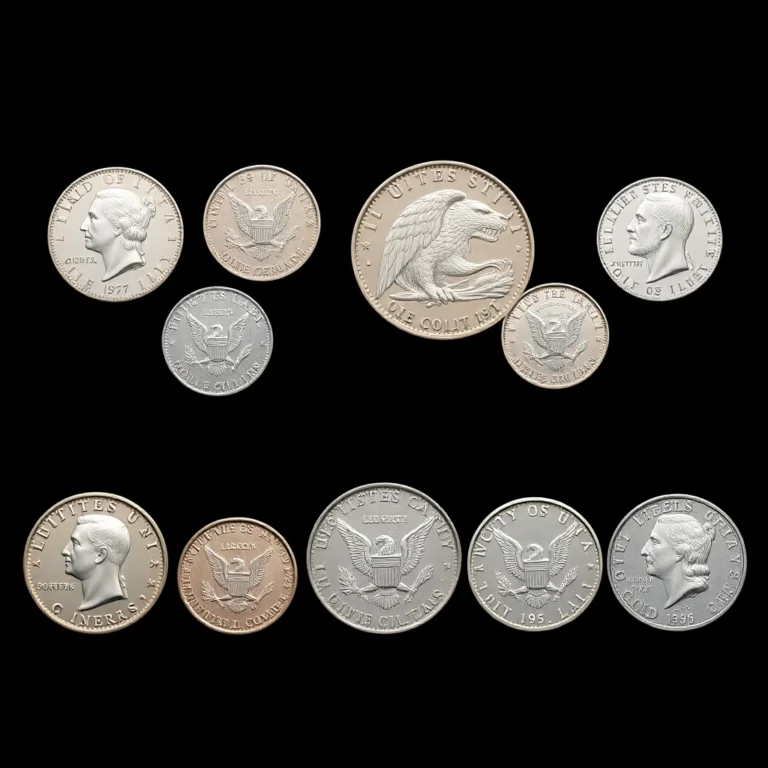Imagine holding a piece of history in the palm of your hand—a coin that not only sparkles with the luster of precious metal but also tells a story etched into its very surface. For both history buffs and savvy investors, commemorative US coins offer a unique opportunity to own a tangible piece of America’s rich narrative. These coins, minted to celebrate significant events, figures, and milestones, are more than just currency; they are miniature time capsules that capture the essence of a bygone era.
In this article, we’ll delve into why these coins are a must-have for collectors who cherish history and seek to diversify their investment portfolios. You’ll learn about their historical significance, the craftsmanship that goes into their creation, and the potential value they hold. As we explore the fascinating world of commemorative US coins, prepare to discover why these numismatic treasures can be both a passion and a profitable pursuit.
Stay tuned, as we reveal how rarity and historical context can turn a simple coin into a prized possession worth more than its weight in gold.
Why Commemorative US Coins Are Perfect for Historical Enthusiasts and Investors
Commemorative US coins offer a unique intersection of history, art, and investment potential, making them ideal for both historical enthusiasts and savvy investors. These coins not only capture significant events and figures from the past but also provide tangible assets that can appreciate over time. Let’s explore why these coins are so compelling in several key areas.
Historical Background and Significance 📜
The United States began issuing commemorative coins in 1892, starting with the Columbian Exposition half dollar, celebrating the 400th anniversary of Columbus’s voyage. These coins honor significant people, places, events, and institutions in American history, serving as miniature monuments that educate the public and preserve national heritage. Each coin tells a story, from the pioneer spirit depicted on the Oregon Trail Memorial half dollar to the military valor celebrated on the World War II 50th Anniversary silver dollar.
Physical Characteristics and Design 🎨
Commemorative coins are crafted with exceptional artistry, often featuring intricate designs that include high relief and detailed engravings. These coins are typically minted in silver, gold, or clad compositions, with diameters and weights similar to circulating coinage but with a distinct, polished finish. The obverse and reverse designs reflect the commemorated subject, often incorporating symbolic elements that enhance their narrative appeal.
Mintage Figures and Rarity 📈
Mintage figures for commemorative coins vary widely, affecting their rarity and value. Limited mintages increase a coin’s scarcity, making them highly sought after by collectors. For example, the 1928 Hawaiian Sesquicentennial half dollar had a mintage of only 10,008 coins, making it one of the rarer issues. Collectors often seek out these low-mintage coins as cornerstone pieces for their collections.
Known Varieties and Errors 🔍
Commemorative coins are not immune to minting errors and varieties, which can significantly affect their value. Variations can include doubled dies, re-punched mint marks, and planchet errors. These anomalies, while often rare, are highly prized by collectors. Notable errors, such as the 1936 Cincinnati Music Center half dollar with its doubled die obverse, can command premium prices.
Value Information
The value of commemorative coins is influenced by their condition, rarity, and demand. Below is a value table for a hypothetical commemorative coin:
| Grade | Value Range |
|---|---|
| Good (G-4) | $50-$75 |
| Very Good (VG-8) | $80-$120 |
| Fine (F-12) | $130-$180 |
| Very Fine (VF-20) | $200-$250 |
| Extremely Fine (EF-40) | $300-$400 |
| About Uncirculated (AU-50) | $450-$600 |
| Mint State (MS-60) | $700-$900 |
| Gem Mint State (MS-65) | $1,000-$1,500 |
Authentication Tips 🔏
Authenticating commemorative coins is crucial to ensure their value and legitimacy. Here are some tips:
- Examine the coin’s weight and diameter, which should match official specifications.
- Inspect the design details for sharpness and clarity typical of genuine issues.
- Use a magnifying glass to detect any signs of tampering or modern reproduction.
- Consider professional grading services for high-value coins.
- Check the edge for the presence of any mint marks or inscriptions specific to the issue.
How does the value and grading of commemorative US coins impact their worth?
The value of commemorative US coins is greatly influenced by their grade, which indicates their condition and appearance. Coins in higher grades, such as MS (Mint State) or PF (Proof), typically command higher prices. Collectors often use the Sheldon Scale, which ranges from 1 to 70, to assess a coin’s grade. A well-graded coin can significantly appreciate in value, especially if it’s part of a limited or highly sought-after series.
What are some tips for authenticating commemorative US coins?
To ensure authenticity, always purchase commemorative coins from reputable dealers or auction houses. Look for coins that come with a Certificate of Authenticity (COA) and consider having them third-party graded by a trusted service like PCGS or NGC. Familiarizing yourself with common design features and mint marks can also help verify a coin’s authenticity.
What advice would you give to someone starting a collection of commemorative US coins?
Begin by focusing on a specific theme or period that interests you, such as military history or presidential commemoratives. Set a budget and research the market to understand current values and trends. Joining a coin club or online community can provide valuable insights and resources. Above all, collect coins that you enjoy and that have personal significance to you.
Why are commemorative US coins significant to history enthusiasts?
Commemorative US coins celebrate significant events, people, and places in American history, offering a tangible connection to the past. Each coin tells a story, capturing moments like the bicentennial of American Independence or the contributions of influential figures. Collecting these coins allows enthusiasts to preserve and honor historical legacies.
What are some common varieties or errors found in commemorative US coins?
Some commemorative coins, especially those produced in large numbers, may feature varieties or errors that can increase their collectibility. Examples include double dies, repunched mint marks, or variations in the design details. Such anomalies are often highly sought after by collectors, adding an exciting element of rarity to a collection.
